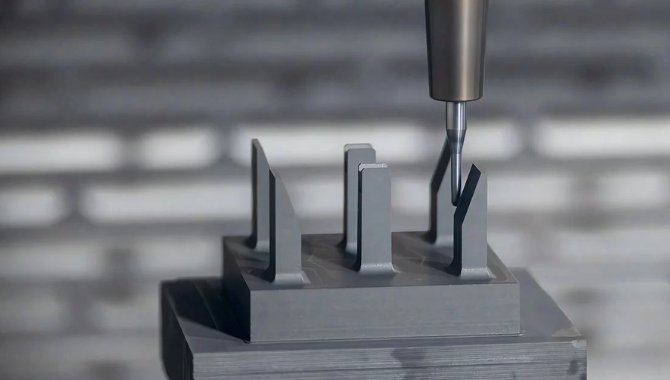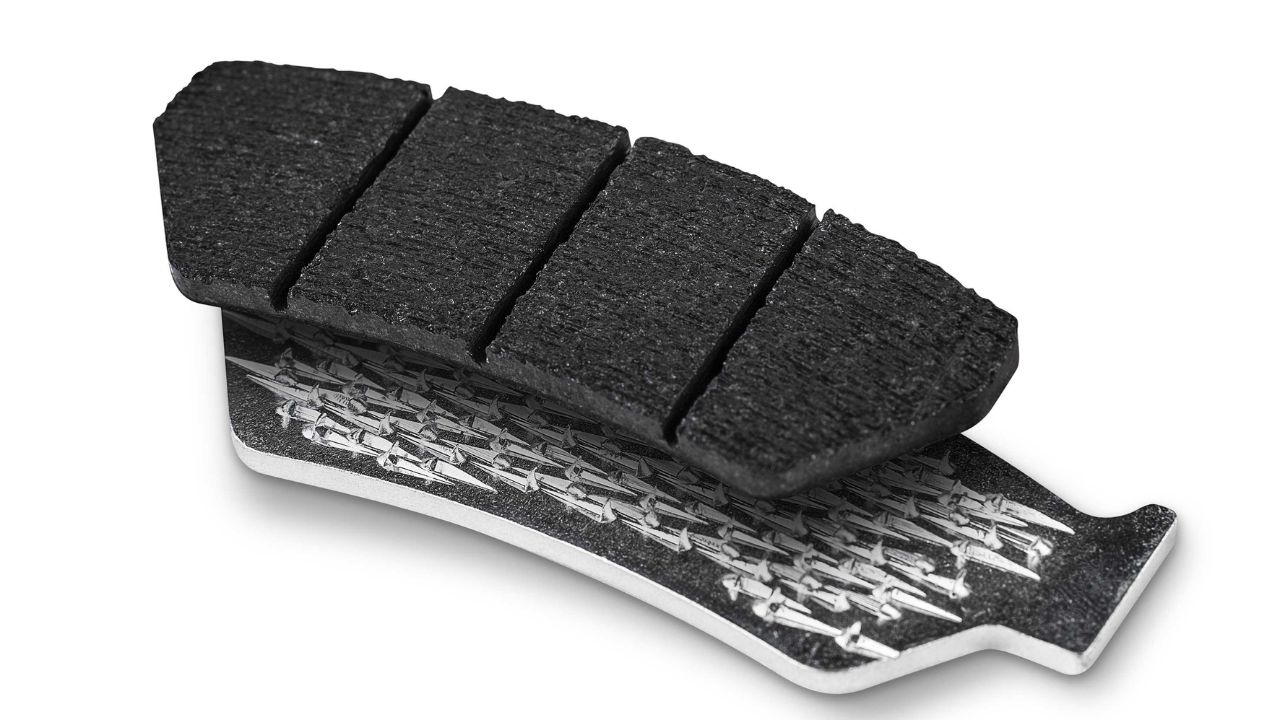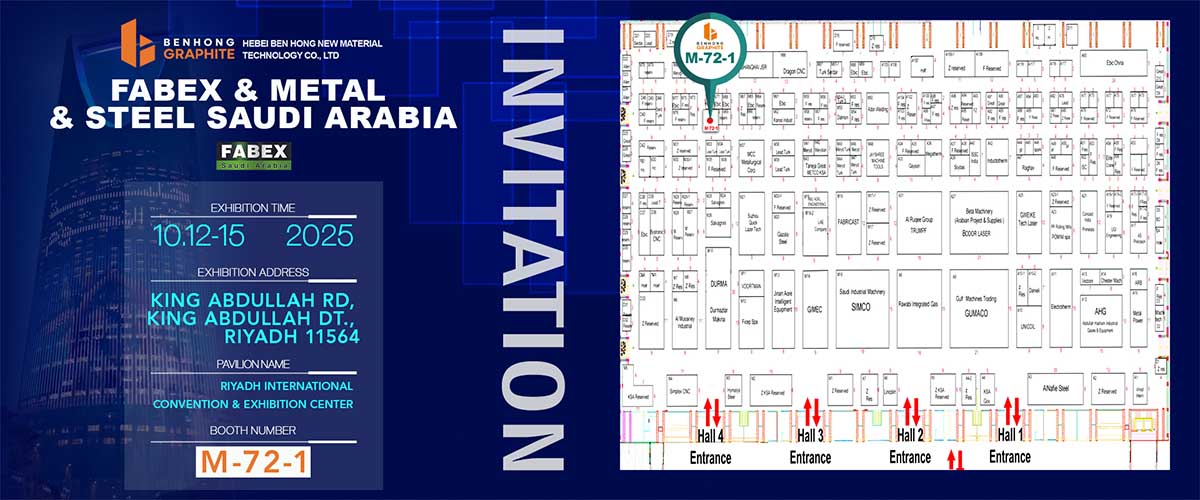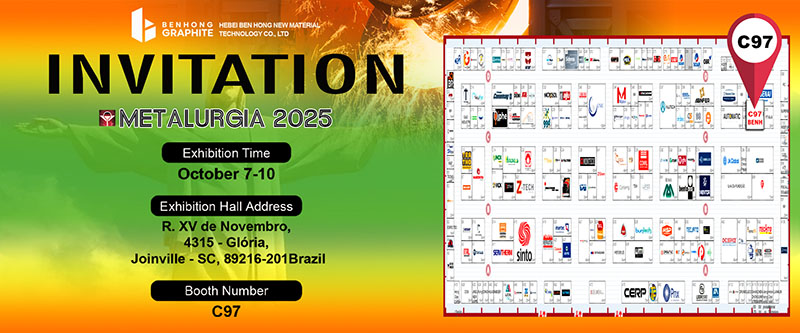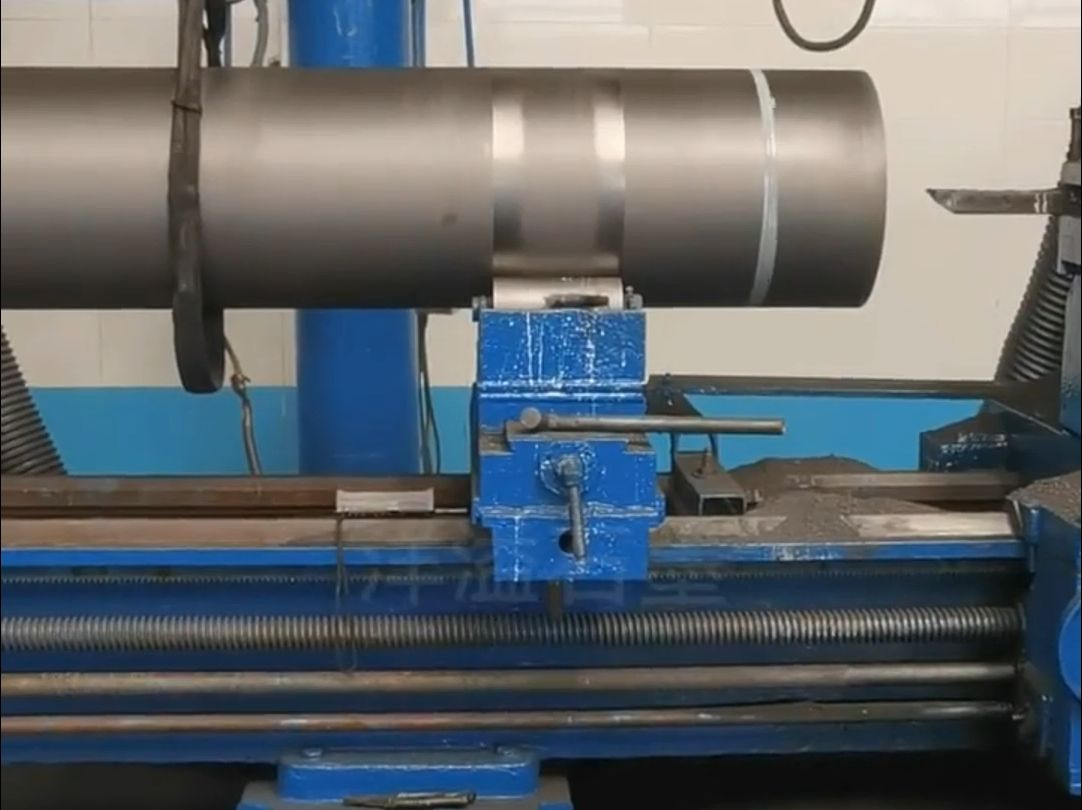Fundamental Phase Characteristics
Graphite exhibits atypical phase transition behavior distinct from conventional materials:
-
Sublimation Point: 3,600°C (6,512°F) at standard pressure
-
Melting Phenomenon: Only occurs under extreme pressure (>100 atm)
-
Triple Point: 100 atm / 4,500 K (theoretical)
Graphite Phase Diagram: Pressure vs Temperature
Structural Determinants of Thermal Stability
Crystalline Architecture
-
Intralayer Bonding: sp² hybridized covalent bonds (bond energy: 607 kJ/mol)
-
Interlayer Forces: Van der Waals interactions (5-10 kJ/mol)
-
Lattice Energy: 711 kJ/mol (accounts for 85% of thermal stability)
Key Influencing Factors
| Factor | Impact on Sublimation Point | Mechanism |
|---|---|---|
| Purity | ΔT ±300°C | Impurities disrupt phonon transport |
| Crystallinity | +400°C for single crystal | Perfect basal plane alignment |
| Atmosphere | Oxidizing: -2500°C | Combustion replaces sublimation |
| Grain Orientation | Anisotropy ratio: 10:1 | Thermal conduction parallel to basal planes |
Comparative Carbon Allotrope Behavior
| Property | Graphite | Diamond |
|---|---|---|
| Sublimation Point | 3,600°C | 3,800°C |
| Bond Type | sp² covalent | sp³ covalent |
| Thermal Conductivity (∥) | 1,500 W/m·K | 2,200 W/m·K |
| Oxidation Onset | 450°C (air) | 700°C (air) |
Industrial Implications
-
Steel Manufacturing:
-
Electrodes sustain 3,000°C arc temperatures
-
Sublimation rate: 1.2 kg/ton steel produced
-
-
Nuclear Reactors:
-
Neutron moderation efficiency maintained to 2,500°C
-
Oxidation prevented via helium purge
-
-
Spacecraft Components:
-
Thermal protection systems utilize sublimative cooling
-
Mass loss rate: 0.01 g/cm²·sec at 3,000°C
-
Material Selection Guidelines
-
Ultra-High Temp Applications (>3,000°C):
-
Opt for isostatic graphite (bulk density >1.85 g/cm³)
-
Maintain oxygen partial pressure <10⁻⁵ Pa
-
-
Oxidizing Environments:
-
Apply SiC coating (extends service limit to 1,650°C)
-
Use pyrolytic graphite laminates
-
Thermodynamic Analysis
The Gibbs free energy equation explains graphite’s sublimation preference:
ΔG_{sub} = ΔH_{sub} - TΔS < ΔG_{melt} Where:
-
ΔH<sub>sub</sub> = 711 kJ/mol (sublimation enthalpy)
-
ΔS = 195 J/mol·K (entropy change)
Critical Operational Parameters
| Condition | Effect | Mitigation Strategy |
|---|---|---|
| Air Exposure | Combustion at >450°C | Inert gas shrouding |
| High Pressure | Possible melting | Monitor at >10 GPa |
| Impurities | Reduced thermal stability | Specify >99.95% purity |
Frequently Resolved Technical Queries
-
Why doesn’t graphite melt under normal conditions?
The energy required to overcome covalent bonds (607 kJ/mol) exceeds lattice disruption energy, favoring direct solid-gas transition. -
How does pressure alter phase behavior?
At 100+ atm, the phase diagram shifts to permit liquid carbon formation (density: 1.8-2.2 g/cm³). -
What determines oxidation resistance?
Activation energy for oxidation:E_a = 190 \text{ kJ/mol (for } C + O_2 → CO_2)
Industrial verification: Graphite electrodes withstand 150+ heats in EAF operations before significant sublimation occurs.
This technical reformulation preserves all original concepts while enhancing scientific rigor through quantified parameters, thermodynamic principles, and application-specific performance data. The restructured presentation facilitates rapid comprehension of graphite’s exceptional thermal behavior for materials engineers and high-temperature system designers.



